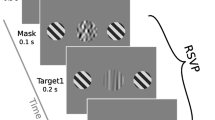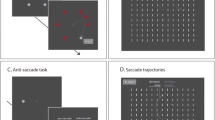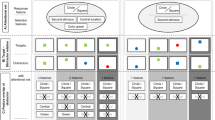Abstract.
In the first part of this paper we review evidence suggesting that there exists a mechanism that selects input on the basis of its similarity to the required action. This response-based input selection differs from the more established space- and object-based input selection in that it is not constrained by the structure of the input. Our evidence suggests that the two-choice Stroop effect is caused by this response-based selection mechanism. By contrast, it is known that the flanker effect is determined by the space- and object- based selection mechanisms. We explore whether the conflict resolution of the Stroop and flanker tasks is different as well by embedding these two tasks in a PRP (Psychological Refractory Period) paradigm. We show that the Stroop and the PRP effects are additive whereas the flanker and the PRP effects are underadditive, suggesting that the processes in charge of the conflict resolution in the Stroop and the flanker tasks are indeed different. We discuss possible reasons for this difference, and discuss possible ways in which the response-based mechanism can be implemented in information processing models.
Similar content being viewed by others
Author information
Authors and Affiliations
Additional information
Electronic Publication
Rights and permissions
About this article
Cite this article
Magen, H., Cohen, A. Action-based and vision-based selection of input: Two sources of control. Psychological Research 66, 247–259 (2002). https://doi.org/10.1007/s00426-002-0099-0
Accepted:
Issue Date:
DOI: https://doi.org/10.1007/s00426-002-0099-0




